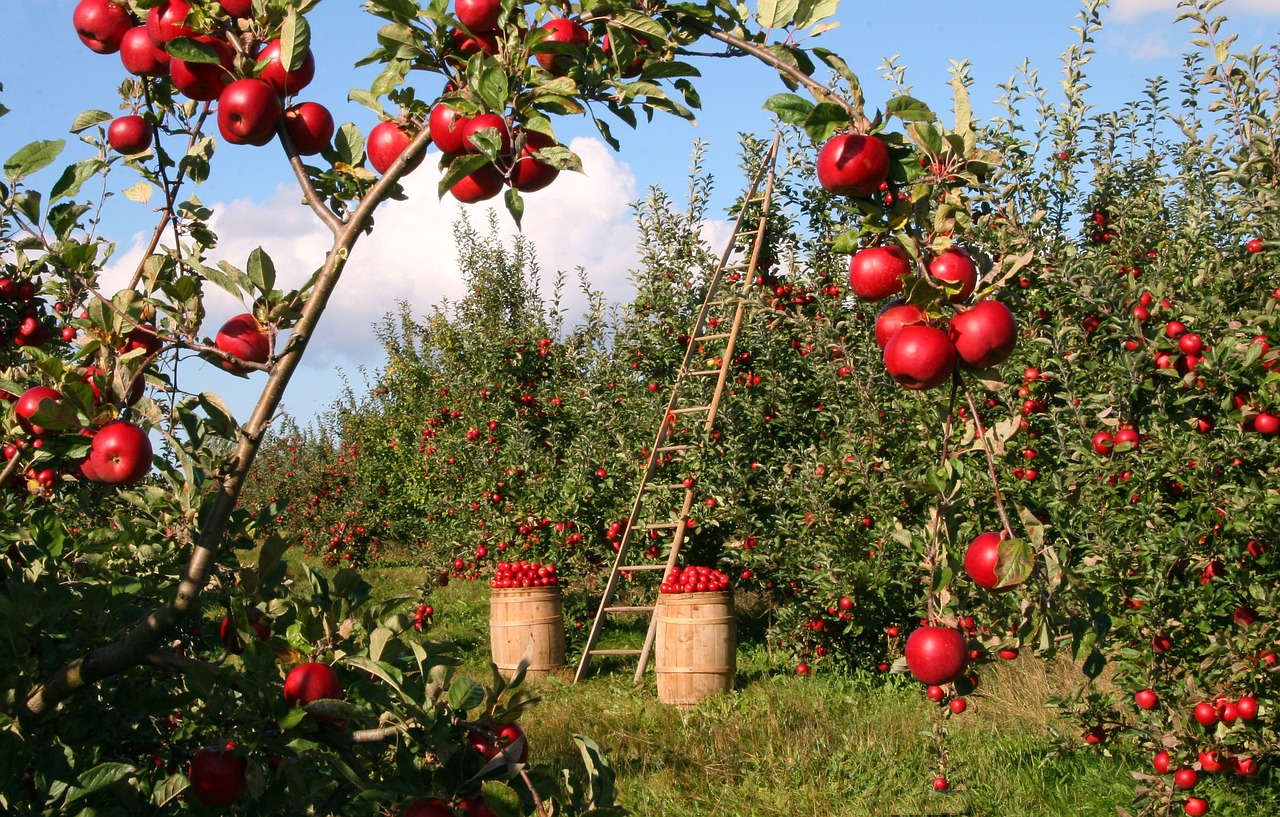As agriculture becomes more high-tech — think GPS, solar power and remote weather-monitoring devices — so, too, does the art of communication. Farmers have more information resources than ever before. From traditional print publications to weekly email news and online portals to in-field apps delivered via smartphone, there is no shortage of access to information.
And while they literally have news at their fingertips 24 hours a day, seven days a week, farmers continue to look to print publications — in addition to their digital counterparts — when they need to know something.
This spring, American Business Media’s Agri Council released the findings of its 2012 Media Channel Study, which looks at the impact of the various types of media used by farmers. According to the study, 98 percent of farmers and ranchers of all ages still turn to agricultural magazines and newspapers when looking for information for their operations. What’s more, 88 percent of those surveyed see the importance of print publications to their businesses continuing into the future.
In fact, the ABM study revealed that those farmers believe they will continue to use ag-focused resources at least the same — if not more — in the next three to four years.
And it isn’t just the older farmers who turn to print when seeking information. Farmers of all ages stated they use agricultural magazines and newspapers for their operations at least weekly. The use of digital resources, as could be expected, was more common with younger farmers. And 83 percent of farmers under 45 said they use both digital and print, whereas 54 percent of farmers over 65 use both digital and print.
Another group more likely to use print magazines and newspapers are farmers at larger operations. The ABM study revealed that 86 percent of farmers in the $250,000 to $500,000 (annual gross receipts) range use magazines and newspapers at least weekly, whereas only 49 percent in the same group reported using ag-related digital information at least weekly. The numbers were slightly less for those above $500,000, at 84 percent and 64 percent, respectively; and for those in the less than $250,000 range, at 74 percent and 36 percent, respectively.
So, what does this mean for agri-marketers?
This study highlights the importance of maintaining an integrated marketing outlook to reach the agriculture segment. Yes, farmers are more tech-savvy than they’ve been in the past. And, yes, they read ag websites and blogs and news sources. In fact, more than half of them told ABM that they visit digital ag websites and e-newsletters every week. But, as that study shows, they aren’t giving up print.
It can be tempting to jump on an all-digital bandwagon. It’s trendy. It’s trackable. It’s immediate. But, it is only successful as one part of an integrated marketing campaign.
Marketers need to create campaigns that can be implemented both digitally and in print — because that’s where farmers of all ages are. They are looking for information across media platforms, and 66 percent of farmers in the ABM study use both digital and print ad-specific media to find information they can use on their farms.
Integrated media campaigns allow marketers to reach customers wherever they are, whenever they’re looking for the information. Consistency of messaging and designing campaigns based on the type of medium used are what set integrated marketing apart from the competition.
Messages can be crafted to create a highly impactful, four-color print ad in an agricultural magazine and then tweaked just enough to turn it into a custom email blast just waiting to be clicked. And just as knowing your audience is key, so it knowing your messaging. And messaging that works for print may not work for digital. That’s why it’s important to stay on top of the latest marketing and media trends.




